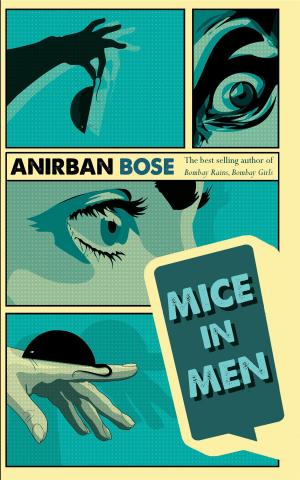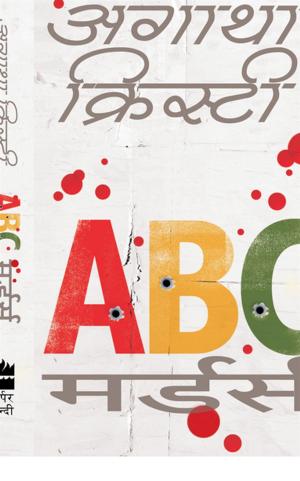Partridges: Countryside Barometer (Collins New Naturalist Library, Book 121)
Nonfiction, Science & Nature, Nature, Animals, Birds & Birdwatching| Author: | G R (Dick) Potts | ISBN: | 9780007418725 |
| Publisher: | HarperCollins Publishers | Publication: | September 27, 2012 |
| Imprint: | Collins | Language: | English |
| Author: | G R (Dick) Potts |
| ISBN: | 9780007418725 |
| Publisher: | HarperCollins Publishers |
| Publication: | September 27, 2012 |
| Imprint: | Collins |
| Language: | English |
Globally, there are at least 45 species of game bird that have the word partridge in their name, but in this book G. R. Potts devotes himself to the Grey, Red-legged and Chukar Partridges, with particular emphasis on the Grey Partridge due to its well-known decline in Britain. In this groundbreaking addition to the New Naturalist series, Potts explores how mankind and partridges have evolved together, both ultimately dependent on grasslands rather than forests. For thousands of years, both ate grass seeds and this continued until cereals largely replaced them. Hundreds of species of plant and insect that partridges and other birds eat thrived on farms for thousands of years until the dawn of the pesticides era. Since then the long decline in partridge abundance has been a barometer for biodiversity over vast swathes of the Northern Hemisphere. Highlighting the positive example of the Norfolk Estate in the Sussex Study area, Potts investigates how both Grey and Red-legged Partridge numbers have been increased, flourishing in a highly productive and profitable system of farming and an oasis in what has often looked and sounded like a desert. In a small corner of England farmland wildlife is able to thrive much as it did before pesticides were introduced. This is a complex and fascinating story, with a heady mix of hunting, farming, predation, parasites, disease and climate change. The way these factors have interacted tells us a lot about how lesser known species have fared and how they can be conserved for the future. Potts stresses the importance of these conservation efforts, as farmers respond to the needs of an extra three billion people worldwide, not just for food but for bio-fuels. Additionally, the pressures on farmland wildlife will further intensify in the coming years.
Globally, there are at least 45 species of game bird that have the word partridge in their name, but in this book G. R. Potts devotes himself to the Grey, Red-legged and Chukar Partridges, with particular emphasis on the Grey Partridge due to its well-known decline in Britain. In this groundbreaking addition to the New Naturalist series, Potts explores how mankind and partridges have evolved together, both ultimately dependent on grasslands rather than forests. For thousands of years, both ate grass seeds and this continued until cereals largely replaced them. Hundreds of species of plant and insect that partridges and other birds eat thrived on farms for thousands of years until the dawn of the pesticides era. Since then the long decline in partridge abundance has been a barometer for biodiversity over vast swathes of the Northern Hemisphere. Highlighting the positive example of the Norfolk Estate in the Sussex Study area, Potts investigates how both Grey and Red-legged Partridge numbers have been increased, flourishing in a highly productive and profitable system of farming and an oasis in what has often looked and sounded like a desert. In a small corner of England farmland wildlife is able to thrive much as it did before pesticides were introduced. This is a complex and fascinating story, with a heady mix of hunting, farming, predation, parasites, disease and climate change. The way these factors have interacted tells us a lot about how lesser known species have fared and how they can be conserved for the future. Potts stresses the importance of these conservation efforts, as farmers respond to the needs of an extra three billion people worldwide, not just for food but for bio-fuels. Additionally, the pressures on farmland wildlife will further intensify in the coming years.















